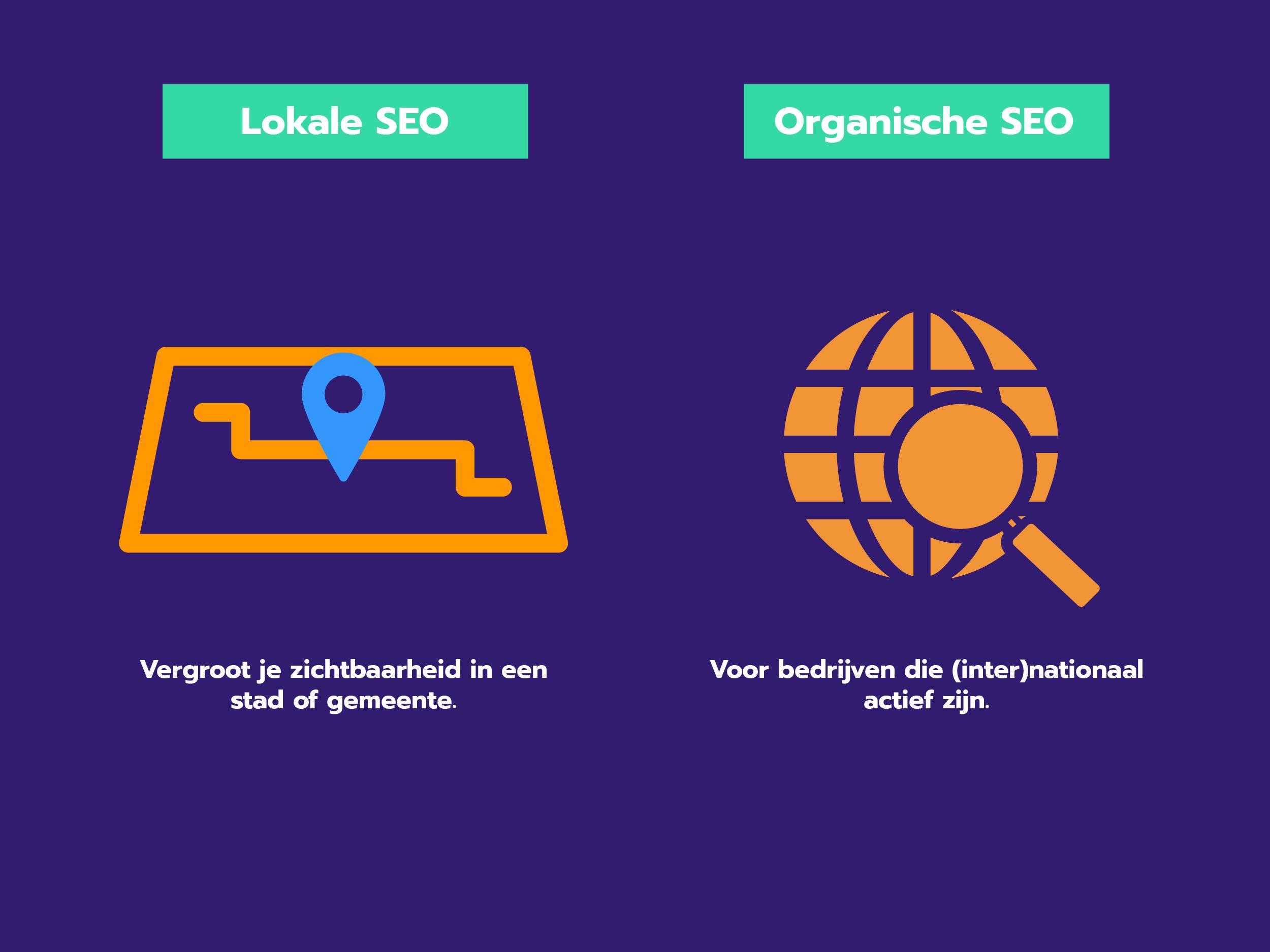A glimpse into the future of SEO and Google
Ever since Google was founded, the company has been implementing updates. In the early years, there weren't that many, but in recent years they have been piling up at a higher rate. It mostly involves minor adjustments, but a few times a year, Google rolls out a core update.
Do you want your site and pages to stay relevant? Then it is useful to follow these updates closely and adjust your content and UX accordingly. Are you not aware of which updates have been released in the meantime, or what to expect in the future? We'll fill you in on it with this blog.
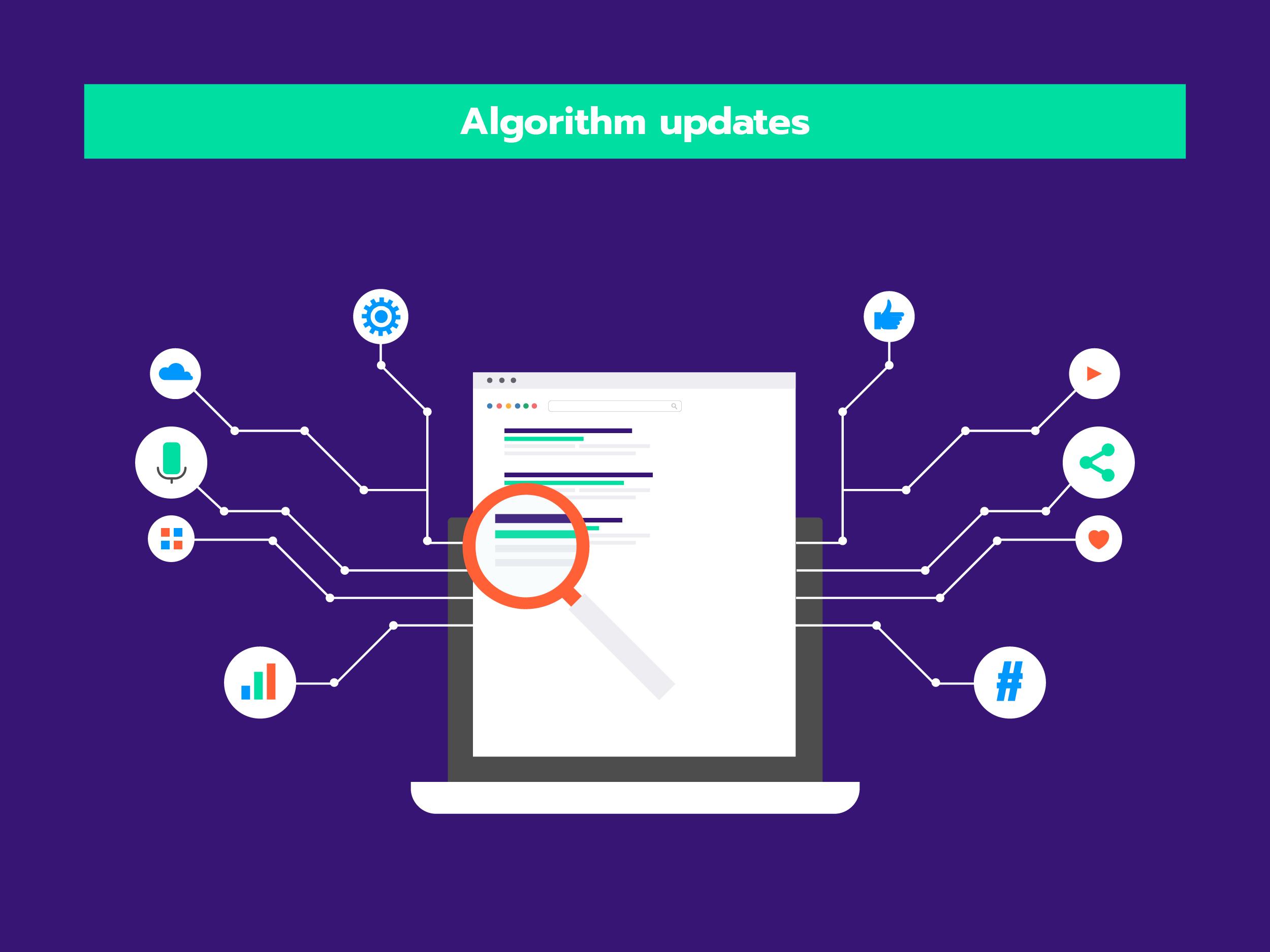
What are Google core updates?
SEO trends and Google algorithm updates
Don’t know much about Google's technical side? We'll briefly tell you which updates had the most impact over the years.
1. Relevant content
At the time the Panda update went live (2011), there were numerous so-called "content farms”, releasing massive amounts of content onto the Internet. To fight this kind of web spam, Google introduced the Panda update. With it, pages were given a quality rating. Later, that score was included as a ranking factor. This update was the start of a new focus on quality, relevance and user experience.
Google continues to focus on quality content, which is shown by the launch of the Penguin update a year later. This update is part of Google's earlier mission to eliminate manipulated link building, link spam and foul SEO tactics. The goal is to prioritize natural, quality links, which includes disavowing toxic links.
In 2017, the search engine deployed the Fred update. With this update, Google is making an effort to ban certain search results from the SERPs. This mainly involves sites that rely on low-quality content, also known as thin content. Pages with an overabundance of (misleading) advertisements also suffer. More so, Google rewards quality content with a position high up the search results page.
The anti-spam and thin content updates keep coming, for example, on June 23, 2021. The Internet giant is attempting to monitor quality page content in search results this way. With spam updates, it tackles pages that contain malware and phishing. Which is much needed considering Google blocked around 25 billion spammy pages every day while indexing the previous year. A week later, on June 28, Google completed the second part of the anti-spam update. A new spam update came on July 26, mainly scrutinizing sponsored, guest & affiliate content. In early November 2021, Google confirmed yet another anti-spam update, the fourth of that year. The quantity and rapid succession of updates shows that the war against spam is serious business for Google.
In August 2022, Google released another update, the Useful Content Update. This update contains a set of guidelines that determine whether the content on a website is written - first and foremost - for its intended audience rather than for search engines. Google talks about a "people first" principle. After all, content should primarily give users the feeling that they are sufficiently informed after visiting the website. The main thing to keep in mind:
- Stay close to the content you normally post online
- Post content about topics you have experience with (e.g. your core products and services, trends or evolutions in your sector, ...)
- Avoid combining a variety of topics on your website.
- Offer an answer to visitors' questions
- Your content should add value and not be a repetition of other sites
2. User experience
With Mobilegeddon (2015), Google optimized the user-friendliness of a website for mobile use. The number of mobile users was booming, so Google had no choice but to keep up. By now, mobile-friendliness is a widely known ranking factor.
Google announced a new update on June 15, 2021, this time about page experience. Page experience refers primarily to how smoothly the interaction on a web page is conducted. The update applies to mobile devices and takes into account four factors:
- Core web vitals: include elements such as loading speed, interactivity and stability
- Mobile-friendliness: is the page optimized for mobile use?
- HTTPS: is the page secure?
- No obstructive elements: can the user access the content immediately or is it obstructed on the page (e.g., by pop-ups)?
On February 22, 2022, Google announced that page experience now also applies to desktop.
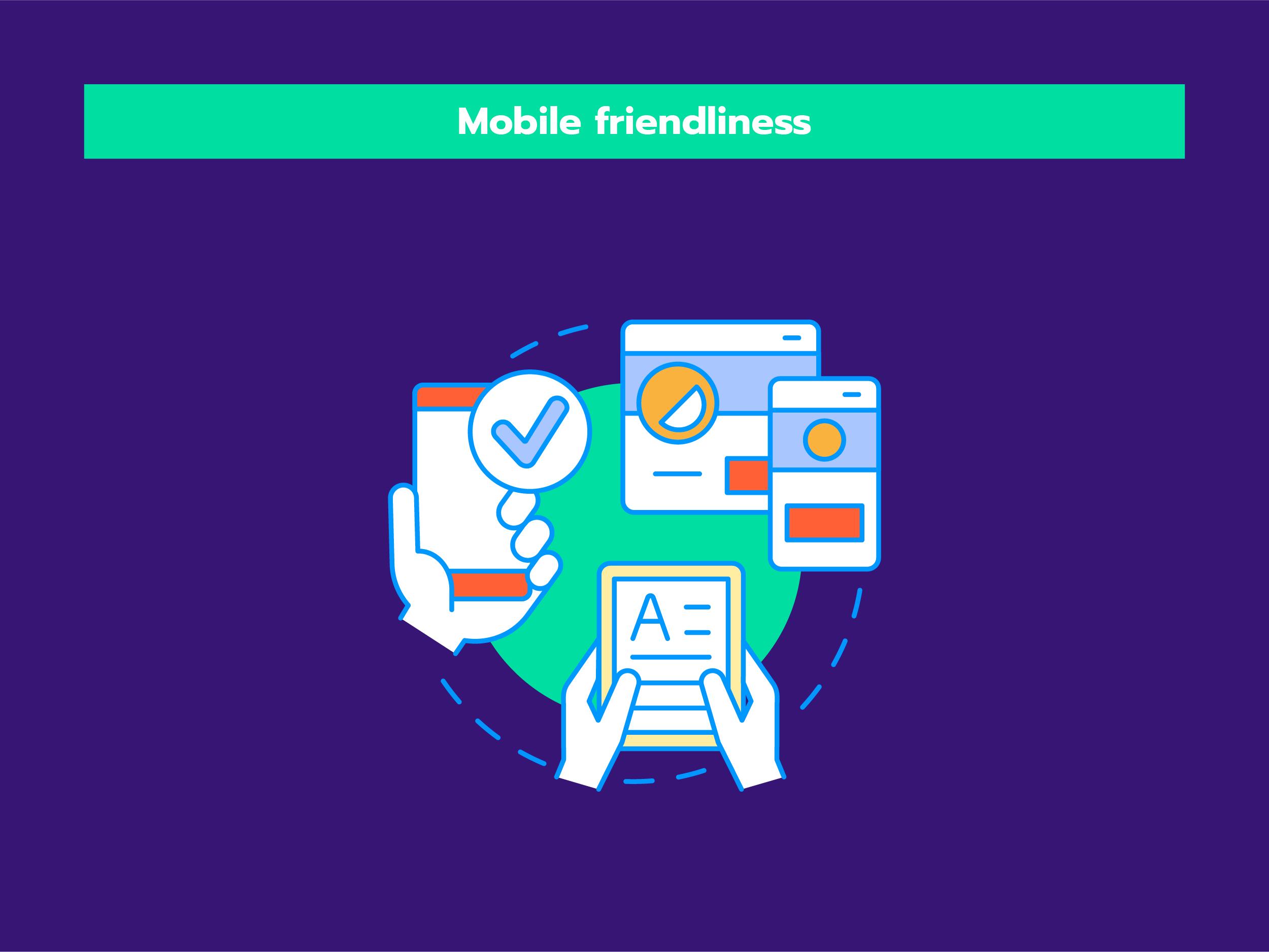
3. Search intent
When Google was just founded, the search engine did not take search intent into account. The algorithm had not yet evolved that far. By systematically rolling out updates, the search engine tried to gain more insight into the intent behind a search query. The 2013 Hummingbird update focused on semantic context. Specifically, there came a switch from "strings to things," from concepts to entities. For example, if you search for "The Globe," before Hummingbird you got search results about the globe. After the update, you'll get results about the famous London theater connected to Shakespeare.
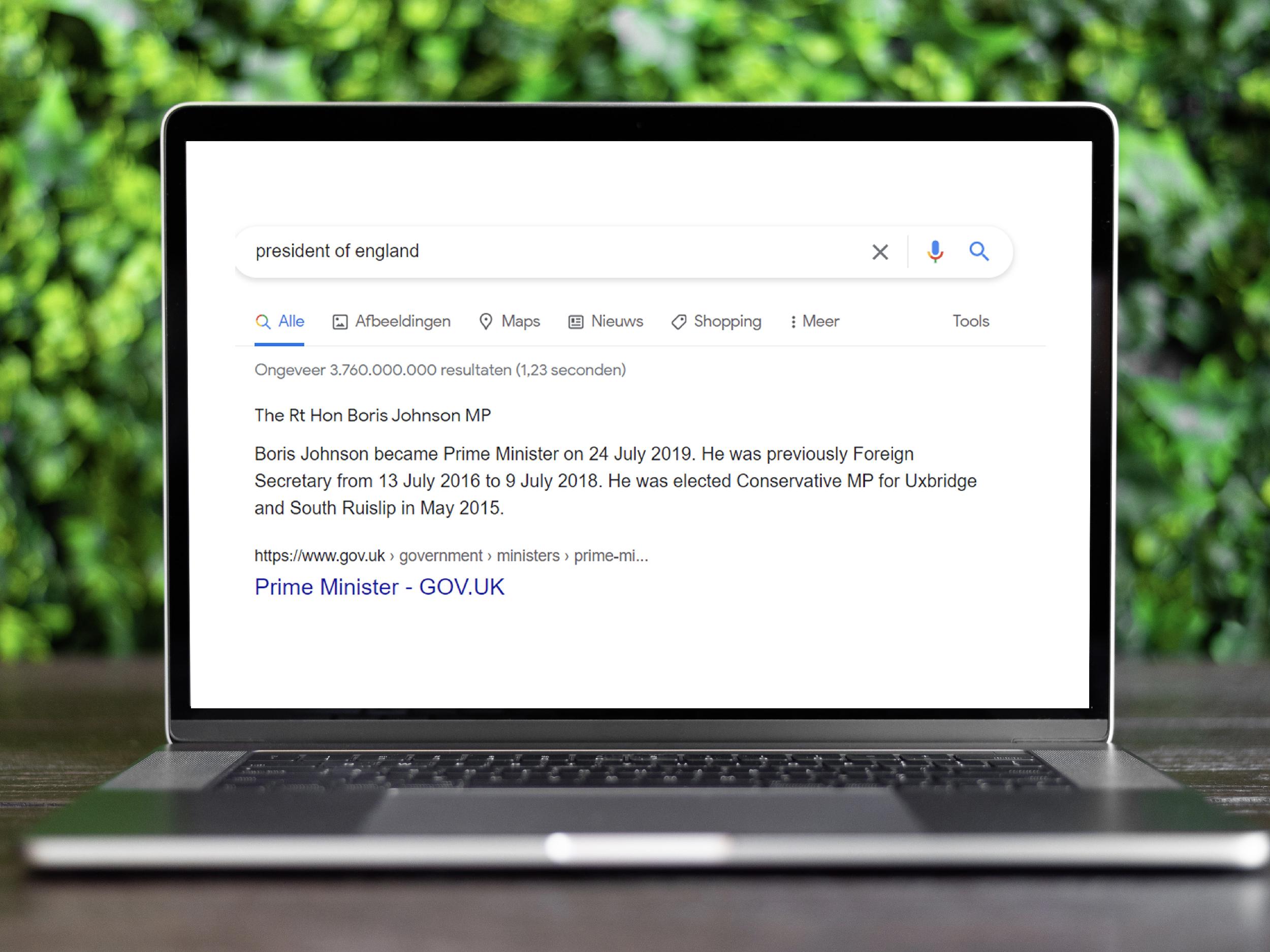
By the way, did you know that about 15% of all searches are new? Therefore, there is no context for them (yet), let alone a notion of search intent. That is exactly where the value of RankBrain (2015) lies: adding context, for example based on location or the device used to perform the search query.
Let's clarify. Before RankBrain, Google scanned pages for the exact keyword that was entered. But for those 15% new searches, Google went haywire. For example, if you searched for "the grey console developed by Sony", Google only wanted to show a page that had both "grey", "console", "developed" and "Sony" on it. And that content just wasn't there. Thanks to RankBrain, Google got smarter and gave you the correct information for that long-tail search.
How Google does this? By comparing keywords that have never been entered before with keywords that are. "Grey console" in a gaming context and "consoles by Nintendo" did in fact appear before. Google mix-and-matches all the prior knowledge into a proper search for PlayStation.
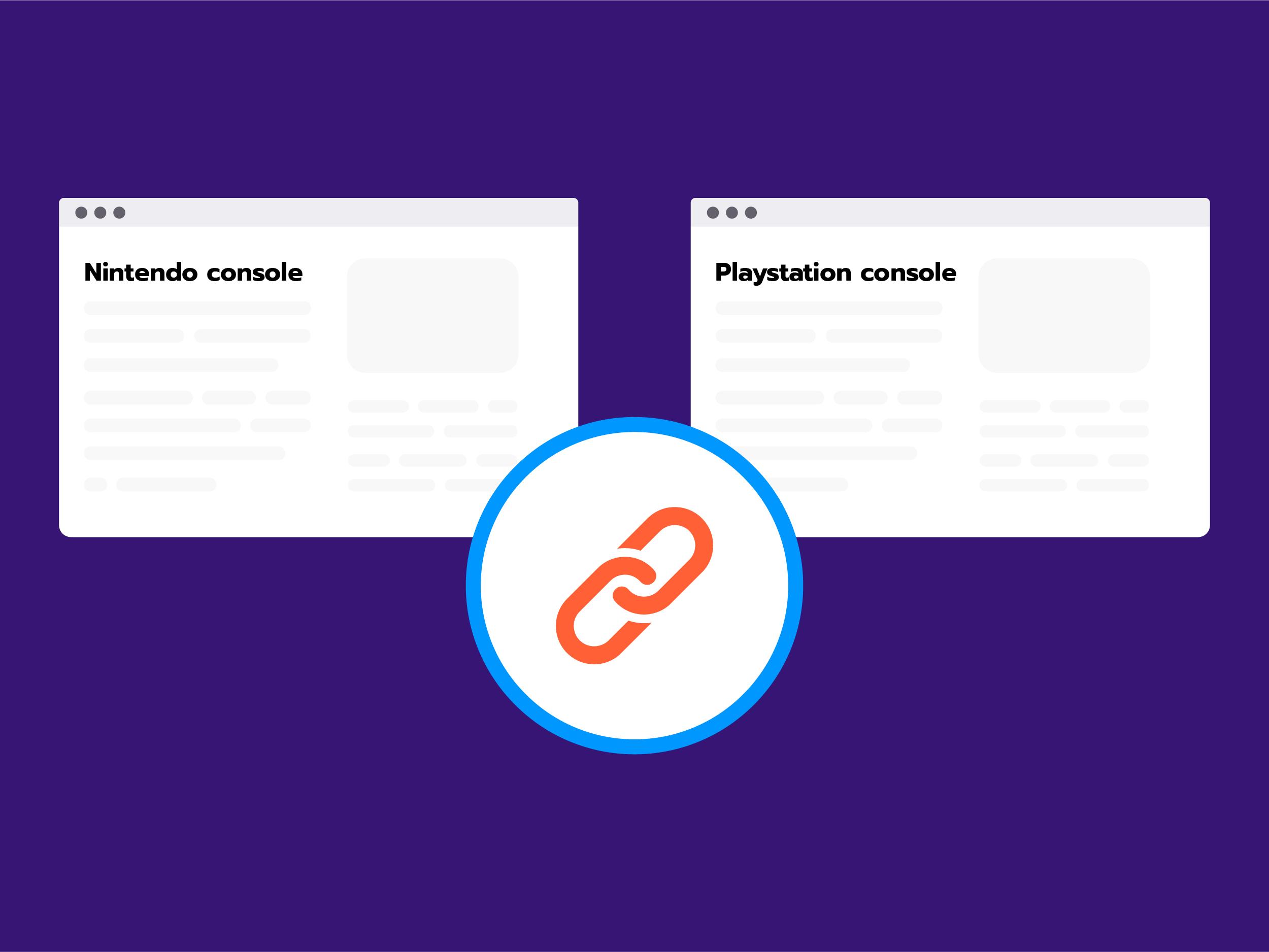
One last major content update came with the BERT update (2017). It introduced a new technology that understands natural language and helps Google add nuance, further understand context to searches and better assess your search intent. It does this by including the words before and after the keyword during the search. For long-tail keywords, this was a real game changer. An example? If you used to search for "ice cream with nuts," you would see a mix of ice cream with and without nuts, because Google only focused on "ice cream" and "nuts." However, the search intent lies in the word "with." Now Google knows this preposition and you will only see results of ice cream with nuts.
4. Product review updates
On April 8, 2021, Google launched the product review update. The goal of this update is to place more value on quality reviews. With this, they want to curb reviews filled with thin content (mainly on affiliate sites). At the end of that year (December 1) there was a similar update. With this, Google rewards reviews where there is proof that the product has actually been used (through photos or videos) and fake reviews are punished. On March 23, 2022, Google launched a third product review update. The focus is on reviews that include details, pros and cons and info on similar products.
5. Local search update
Google unloaded a local search update on November 30, 2021, which primarily focused on local SEO. The local SEO ranking factors are now:
- Relevance: how well does a Google Business Profile or local page match the search query?
- Distance: how far is the business from the location mentioned in the search?
- Familiarity: how well known is a business?
If at first you only invested in relevance, it now becomes interesting to spread your efforts across all three ranking factors.
What does the future hold for SEO and Google?
Google likes to drop (unannounced) updates. For marketers and other Internet users, that often drastically changes the way they have to do business. But there’s no need to panic, since Google is becoming more and more predictable. The general trend of small and large updates still remains, but we now know what Google values and will continue to do so. Of course, this is all purely speculative, but we can say with certainty that the search engine loves high-quality, relevant content. Future updates will ensure that the algorithm can increasingly detect and reward this kind of content, while penalizing spam or thin content. Another element is also gaining importance: user experience. By including page experience as a ranking factor, Google is rewarding sites that are optimized for maximum ease of use. The importance of both content and UX will continue to grow in the future. On desktop, but especially on mobile.
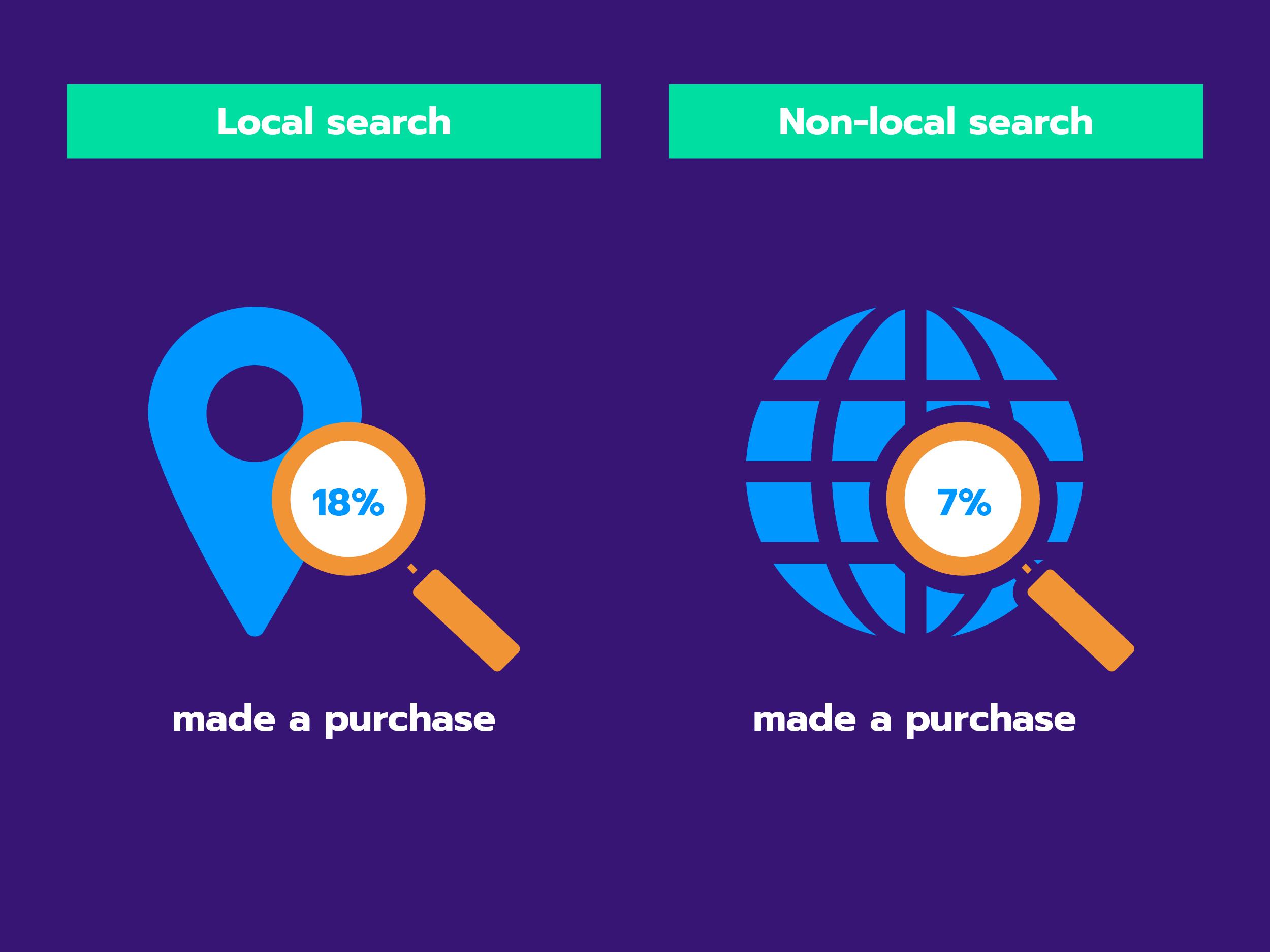
Do you want to be rewarded with high rankings, quality scores and subsequent visitors and conversions? Then there's only one thing for you to do: invest in valuable and high-quality content. And why not extend that to a local level? By putting local pages on your website and creating a Google Business Profile, the chances of your visitor converting are even higher. The numbers regarding local SEO are astounding, to say the least.
Need we say more? Invest in local and relevant content, it’s the key to success!
Download our white paper
The basics of local SEO
Want to learn more about the importance of local SEO? Download our free white paper!



